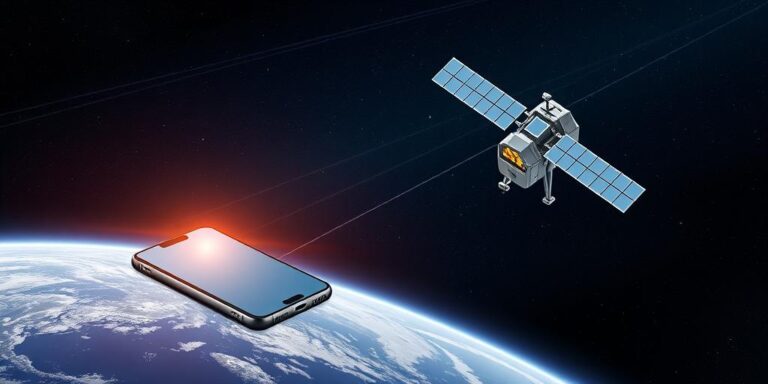Satellite Connectivity for Mainstream Phones: Always Connected (2025)
The future of mobile connectivity is rapidly evolving, and one of the most anticipated advancements is the integration of satellite communication capabilities directly into mainstream smartphones. By 2025, it’s projected that satellite connectivity will become a standard feature, ensuring users are always connected, regardless of their location. This article explores the key aspects of this technological revolution.
The Promise of Ubiquitous Connectivity
Traditional cellular networks rely on ground-based infrastructure, leaving gaps in coverage in remote areas, over oceans, and in the skies. Satellite connectivity bridges these gaps, offering seamless communication capabilities virtually anywhere on the planet. This is particularly crucial for:
- Emergency Situations: Enabling communication during natural disasters or in areas with damaged infrastructure.
- Remote Work: Facilitating productivity for professionals working in remote locations.
- Global Travel: Ensuring travelers can stay connected without relying on expensive roaming services.
- Maritime and Aviation: Providing essential communication links for ships and aircraft.
Technological Advancements
Several technological advancements have paved the way for satellite connectivity in mainstream phones:
- Low Earth Orbit (LEO) Satellites: Companies like SpaceX’s Starlink and OneWeb are deploying vast constellations of LEO satellites. These satellites orbit closer to Earth, reducing latency and improving signal strength compared to traditional geostationary satellites.
- Advanced Chipset Technology: Semiconductor manufacturers are developing specialized chipsets that can efficiently communicate with both cellular networks and satellite constellations. These chipsets are designed to be energy-efficient, minimizing the impact on battery life.
- Software Integration: Operating systems and mobile applications are being updated to seamlessly integrate satellite connectivity. This includes features like automatic switching between cellular and satellite networks based on signal availability.
Key Players in the Satellite Connectivity Market
Several companies are at the forefront of the satellite connectivity revolution:
- SpaceX (Starlink): Known for its ambitious LEO satellite constellation, Starlink is partnering with mobile phone manufacturers to enable direct-to-device satellite communication.
- Qualcomm: A leading provider of mobile chipsets, Qualcomm has developed Snapdragon Satellite, which supports satellite-based messaging on Android devices.
- Apple: Apple has already introduced emergency SOS via satellite on its iPhone 14 series, signaling a growing interest in satellite connectivity.
- MediaTek: Another major chipset provider, MediaTek is working on solutions to integrate satellite communication capabilities into its mobile processors.
Challenges and Considerations
While the future of satellite connectivity looks promising, there are several challenges to address:
- Cost: Satellite connectivity services are currently more expensive than traditional cellular plans. As the technology matures and adoption increases, costs are expected to decrease.
- Bandwidth: Satellite networks have limited bandwidth compared to cellular networks. This can impact data speeds and the types of applications that can be supported.
- Regulation: Regulatory frameworks need to be established to govern the use of satellite spectrum and ensure fair competition.
- Device Design: Integrating satellite antennas into smartphones requires careful design to minimize impact on device size and aesthetics.
Looking Ahead
By 2025, satellite connectivity is poised to transform the mobile landscape, providing users with unprecedented access to communication services. As technology continues to advance and costs decrease, satellite connectivity will become an essential feature of mainstream smartphones, ensuring that users are always connected, no matter where they are.
Conclusion
The integration of satellite connectivity into mainstream phones represents a significant leap forward in mobile technology. With the promise of ubiquitous connectivity, users can expect enhanced communication capabilities, improved safety, and greater flexibility in their daily lives. As the industry overcomes the existing challenges, the vision of an always-connected world is becoming increasingly within reach.




